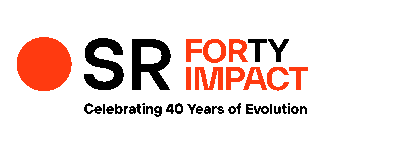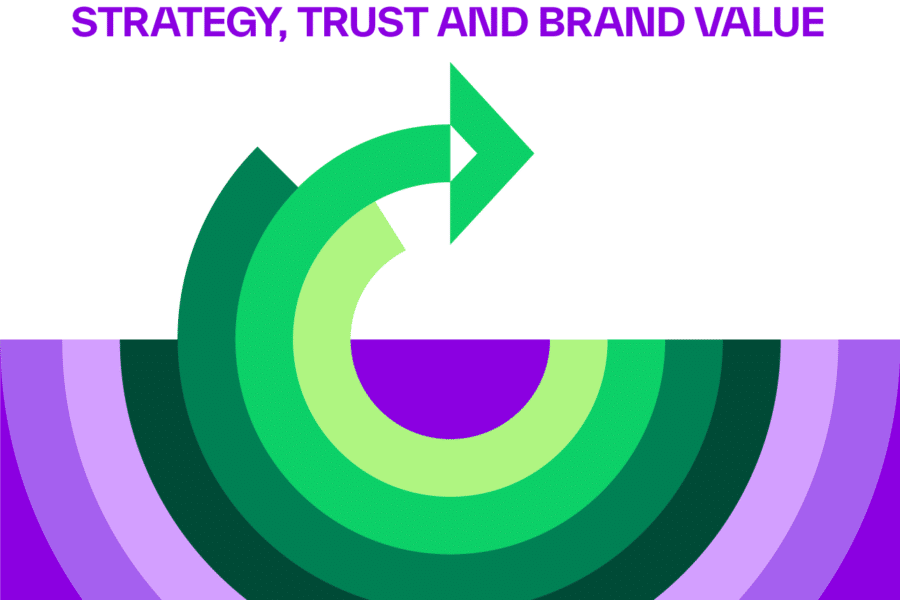Aligning Brands with Global Frameworks: A Holistic Approach to Integrating Biodiversity into Decision Making
As we approach the International Day for Biological Diversity, it’s worth reflecting on the growing global recognition of biodiversity’s vital role in our lives.
The recent adoption of the Kunming-Montreal Global Biodiversity Framework (KMGBF) highlights the crucial need for action. Its goals include restoring 30% of ecosystems, reducing food waste by 50%, and investing a minimum of US$200 billion annually in biodiversity strategies globally.
Another initiative, the formation of the Task Force on Nature-related Financial Disclosures (TNFD), is a framework for organisations to integrate nature into decision making by assessing, reporting and acting on nature-related risks. Its final framework will be ready for market adoption in September 2023.
These initiatives mark significant steps towards acknowledging and addressing biodiversity as a key element in sustainable development.
The Interconnectedness of Biodiversity and Business
Biodiversity—the variety of life on earth—is not just an ecological treasure; it forms the backbone of economies and businesses worldwide.
The health of our planet and the prosperity of businesses are intertwined, with each relying on the other for sustenance and growth. When biodiversity suffers, businesses are not immune to the ripple effects, as degraded and disrupted ecosystems can lead to supply chain uncertainties, reputational risks, and regulatory challenges.
Brand value, too, is increasingly linked to a brand’s approach to biodiversity. In an era where consumers are more informed and put their money where their morals are, those that ignore the biodiversity crisis risk their reputation and customer loyalty. Conversely, brands actively championing biodiversity conservation and restoration can foster deeper connections with stakeholders and stand out in a crowded market.
The Role of International Frameworks in Biodiversity Conservation and Restoration
The first global agreement covering all aspects of biodiversity matters was the Convention on Biological Diversity (CBD), established in 1992. Since then, other international agreements have continued to add to the dialogue addressing biodiversity conservation and restoration. Varying in scope and participation, they include the Convention of Biological Diversity (CBD), the Convention on International Trade in Endangered Species of Wild Fauna and Flora (CITES), the Convention on the Conservation of Migratory Species of Wild Animals (CMS), the International Treaty on Plant Genetic Resources for Food and Agriculture (ITPGRFA), the Convention on Wetlands (also known as the Ramsar Convention), the World Heritage Convention (WHC) and the International Plant Protection Convention (IPPC).
Significantly, the latest framework signed in December 2022 marks a renewed focus on achieving the UN Sustainable Development Goals by 2050, alongside the KMGBF and the TNFD that provide comprehensive guidelines for businesses to address biodiversity loss. The KMGBF, adopted at COP 15, lays out clear targets for conserving and restoring nature, and sustainably harvesting natural resources. Meanwhile, the TNFD promotes transparency and accountability in nature-related financial disclosures. It urges businesses to consider biodiversity impacts in their financial decision making through the LEAP risk and opportunity assessment (Locate, Evaluate, Assess, Prepare).
These frameworks don’t just offer a roadmap for action; they represent a global consensus on the urgency of biodiversity conservation and restoration. By aligning with these frameworks, businesses not only contribute to global sustainability goals and support regeneration, but also bolster their resilience and future-readiness.
Embedding International Frameworks into Brand Strategies
Brands can realise significant benefits by integrating these frameworks into their strategies. It’s not merely about risk mitigation; it’s an opportunity to align the brand with global sustainability goals, enhancing its relevance, appeal and ability to be future-fit. Brands that champion biodiversity conservation often find themselves in a position of influence, inspiring others in their industry to follow suit.
When we look at the business world, there are shining examples of brands that have effectively incorporated these frameworks into their strategies. For instance, Unilever, one of the world’s leading consumer goods businesses, has committed to a range of biodiversity targets aligned with the KMGBF. Its “Compass” strategy outlines ambitious commitments, such as achieving deforestation-free supply chains by 2023 and promoting regenerative agriculture practices. This integration of global biodiversity goals into its strategy has not only reduced environmental impact but enhanced brand reputation.
Another compelling example is BNP Paribas, a leading bank that has fully incorporated the principles of the TNFD into its business strategy. The bank has developed a comprehensive approach to managing nature-related risks and opportunities, systematically integrating them into its lending and investment policies. BNP Paribas’ commitment to the TNFD has helped the bank manage risks more effectively and positioned it as a leader in sustainable finance.
Evidently, successful integration involves action at all levels, from incorporating biodiversity considerations into decision-making processes to advocating for biodiversity in external communications. By adopting such a holistic approach, businesses can contribute to global conservation efforts while enhancing their brand reputation and stakeholder relationships.
These examples illustrate how embedding international frameworks into brand and business/investment strategies can drive sustainable practices and create brand differentiation. Case studies like Unilever and BNP Paribas demonstrate how businesses can make biodiversity conservation an integral part of their brand identity, creating ripple effects of positive change throughout their value chains and sectors.
Measuring and Reporting on Biodiversity Conservation Efforts
Transparency is the cornerstone of effective biodiversity conservation and restoration efforts. Businesses that measure and report their biodiversity impacts demonstrate their commitment to sustainability, build trust with stakeholders, and ensure they’re on track to meet their biodiversity targets.
Measurement is the first step in this process. By using robust, science-backed tools, businesses can gain a clear understanding of their biodiversity footprint. For instance, the Science Based Targets Network (SBTN) provides a framework for setting corporate goals that align with global biodiversity targets. Similarly, the Biodiversity Footprint Calculator is a tool businesses can use to quantify their impact on biodiversity, offering valuable insights into areas where improvement is needed.
Secondly, regular assessments allow businesses to communicate their conservation and restoration efforts to stakeholders, fostering trust and demonstrating their commitment to sustainability. The TNFD, like the Task Force on Climate-related Financial Disclosures (TCFD), will allow businesses to demonstrate how they manage nature-related risks and opportunities, and how these factors influence their financial performance.
Examples of brands excelling in transparent reporting include Kering, a global luxury group, which publishes a comprehensive Environmental Profit & Loss (EP&L) account annually. The EP&L measures and monetises the business’ environmental impact across its supply chain, providing a clear view of its biodiversity footprint. Likewise, Mars Incorporated uses the SBTN framework to set and report on its sustainability goals. It demonstrates a clear commitment to preserving biodiversity, including achieving a deforestation-free supply chain by 2025 for all its high-risk commodities.
By communicating their conservation efforts effectively, brands can strengthen their credibility and build trust with stakeholders. Transparency not only demonstrates a brand’s commitment to biodiversity but also showcases its willingness to be held accountable and open to improvement.
How SR Facilitates Shared Value Creation through Biodiversity Action
At Sedgwick Richardson (SR), our goal is to help brands navigate the complexities of sustainable business practices to drive shared value. Our approach marries profitability with responsibility and regenerative principles, enabling brands to contribute to biodiversity conservation while enhancing their own resilience and value in the marketplace.
Guiding businesses through the process of aligning their brand strategies with international biodiversity frameworks like the KMGBF and TNFD, is critical. By identifying the most relevant aspects of these frameworks for each business, we help businesses embed sustainability into their sustainability strategies and brand communications. This strategic alignment creates shared value, benefiting both the brand and the broader ecosystem it operates within.
Transparent, meaningful communication of these commitments effectively to key stakeholders builds trust, strengthens relationships, and enhances brand reputation, contributing to profitability and sustainability. Our work supports brands in their journey towards a more biodiverse future.
Drive Positive Change for Biodiversity
As the world transitions from agreement to action, adopting a holistic approach to biodiversity conservation and restoration is crucial for businesses and brands. By aligning with international frameworks like the KMGBF and TNFD, businesses can position themselves at the forefront of the sustainability movement, contributing to a better, healthier world while strengthening their own resilience and brand value.
SR is excited to support businesses on this transformative journey. Together, we can create a future where brands not only survive but thrive, all while fostering harmony with nature and breathing new life into our degraded ecosystems.









